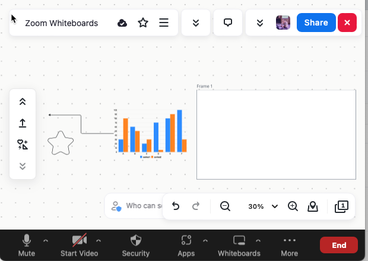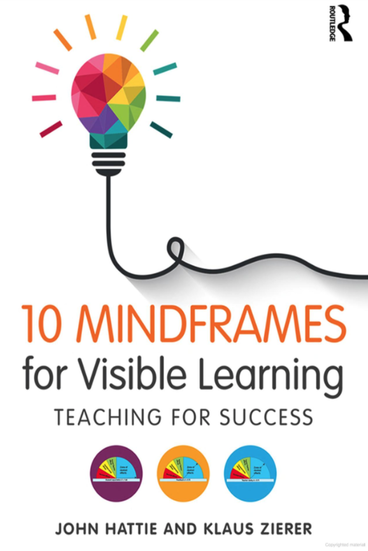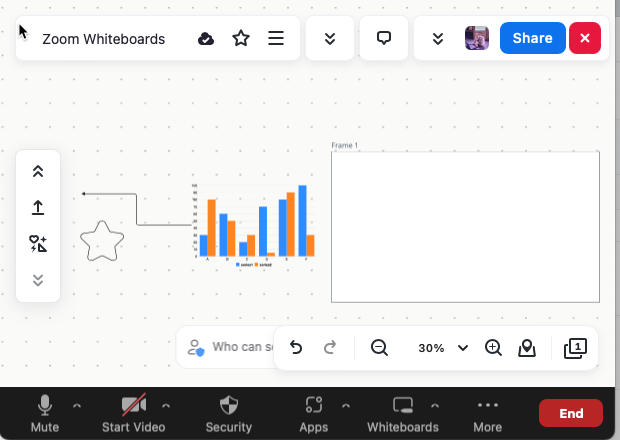New: Zoom Whiteboards

UMN OIT recently rolled out Zoom Whiteboard Support which brings in a powerful drawing and collaboration tool to meetings and video recording. Users can use the Zoom Whiteboard to:
- Draw in multitude of colors and sizes,
- Build mindmaps and workflows,
- Write notes with the keyboard,
- use sticky notes,
- upload images and pdfs to be cropped/commented.
Important note: the Zoom Whiteboard tool isn't yet inherently accessible to students with visual impairments. Faculty using the tool for will need to be diligent in their use of verbal descriptions, and captioning, and alternative texts.
Google Docs: Prompt Students to Make a Copy

Did you know that Google will prompt students to make a copy of your Google Doc if you substitute the word copy versus edit in the URL?
This is especially helpful when creating a template for Team Charters or reflection journals that students keep and maintain for the duration of the semester.
How Does This Work?
- First, be sure to set the Google Doc share settings to Anyone with a link, or with all students in your class so students have access to it.
- Select the url in your Google Doc. Note the …/edit at the end of the link.
- Place your cursor at the end of the link, delete the word "edit" and replace it with "copy"
- Select the new URL, copy it and paste it into your assignment instructions. Any student that clicks on this link will automatically create a new and personal copy of the original document.
The only catch is once students make a copy for themselves, you will need to remind them to share their copy of their Google Doc with your email address before submitting it as an assignment.
The Myth of Learning Styles

There is no justification for classifying students according to how they think. There is, however, much justification for teachers using multiple ways of engaging students' thinking strategies in their teaching.
We do not have one dominant way of thinking, and most successful students are more adept at choosing appropriate learning strategies depending on where they are in the learning cycle - they have many and are adaptive in choosing or changing them depending on the situation (Hattie & Donoghue, 2016)." - pg 156 10 Mindframes for Visible Learning: Teaching for Success by John Hattie & Klaus Zierer.
